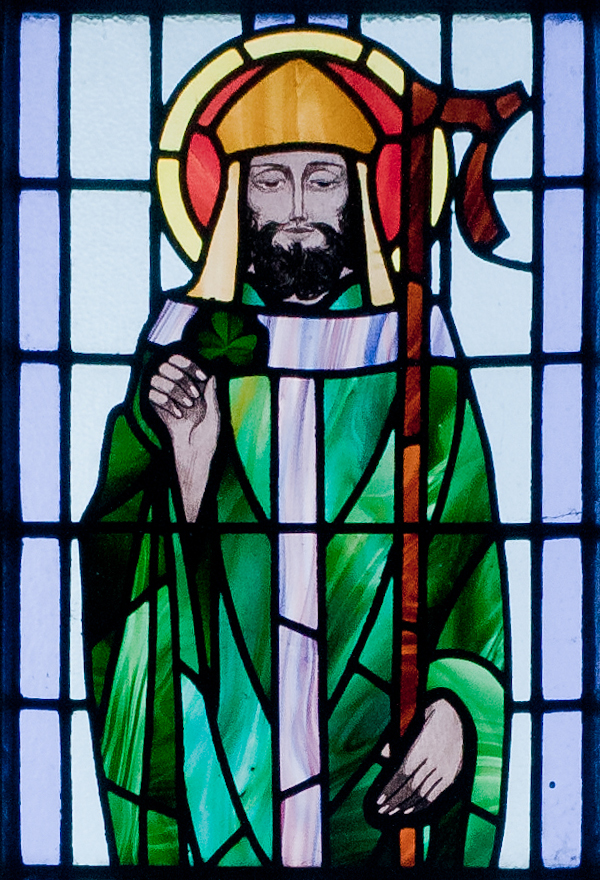segunda-feira, março 17, 2025
Viva a Irlanda - hoje é dia de São Patrício!
Postado por
Fernando Martins
às
00:00
0
bocas
![]()
Marcadores: Apóstolo da Irlanda, celtas, Dia de São Patrício, Irlanda, Lá Fhéile Pádraig, São Patrício
domingo, março 17, 2024
Hoje é dia de São Patrício!
Postado por
Fernando Martins
às
00:30
0
bocas
![]()
Marcadores: Apóstolo da Irlanda, celtas, Dia de São Patrício, Irlanda, Lá Fhéile Pádraig, São Patrício
sexta-feira, março 17, 2023
Hoje é dia de São Patrício!
NOTA: uma equipa portuguesa, no jogo de ontem em Londres, enganou-se na data e começou as comemorações antes do dia - acho lamentável...
Postado por
Fernando Martins
às
00:00
0
bocas
![]()
Marcadores: Apóstolo da Irlanda, celtas, Dia de São Patrício, Irlanda, Lá Fhéile Pádraig, São Patrício
quinta-feira, março 17, 2022
Hoje é dia de São Patrício!
Postado por
Fernando Martins
às
00:00
0
bocas
![]()
Marcadores: Apóstolo da Irlanda, celtas, Dia de São Patrício, Irlanda, Lá Fhéile Pádraig, São Patrício
quarta-feira, março 17, 2021
Hoje é dia de São Patrício!
Postado por
Fernando Martins
às
00:00
0
bocas
![]()
Marcadores: Apóstolo da Irlanda, celtas, Dia de São Patrício, Irlanda, São Patrício
terça-feira, março 17, 2020
Hoje é dia de São Patrício!
Postado por
Fernando Martins
às
11:11
0
bocas
![]()
Marcadores: Apóstolo da Irlanda, celtas, Dia de São Patrício, Irlanda, São Patrício
domingo, março 17, 2019
Hoje é o Dia do São Patrício e da Irlanda!
Postado por
Fernando Martins
às
00:00
0
bocas
![]()
Marcadores: Apóstolo da Irlanda, celtas, Irlanda, São Patrício
sexta-feira, março 17, 2017
Hoje é o Dia do São Patrício e da Irlanda!
Postado por
Fernando Martins
às
11:11
0
bocas
![]()
Marcadores: Apóstolo da Irlanda, celtas, Irlanda, São Patrício
segunda-feira, março 17, 2014
Hoje é o Dia do São Patrício e da Irlanda!
Postado por
Fernando Martins
às
10:45
0
bocas
![]()
Marcadores: Apóstolo da Irlanda, celtas, Irlanda, São Patrício

.JPG/800px-St_Patricks_Day,_Downpatrick,_March_2011_(045).JPG)





